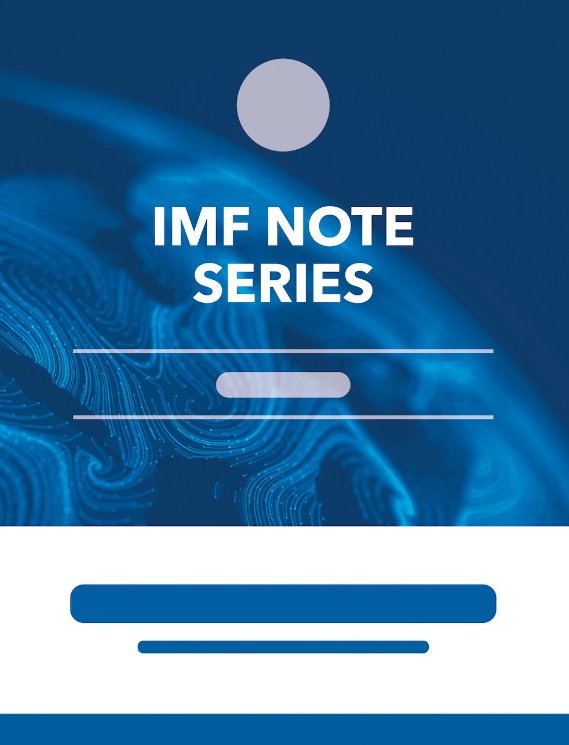Inflation-Forecast Targeting for India: An Outline of the Analytical Framework
February 13, 2017
Disclaimer: IMF Working Papers describe research in progress by the author(s) and are published to elicit comments and to encourage debate. The views expressed in IMF Working Papers are those of the author(s) and do not necessarily represent the views of the IMF, its Executive Board, or IMF management.
Summary
Subject: Central bank policy rate, Economic theory, Financial services, Inflation, Inflation targeting, Monetary policy, Output gap, Prices, Production, Supply shocks
Keywords: a number of monetary policy instrument, asset price inflation, central bank, Central bank policy rate, exchange rate, food inflation, forecasting models, Global, Inflation, inflation condition, inflation episodes in India, inflation expectation, inflation glide path, inflation outcome, inflation process, inflation spiral, inflation targeting, interest rate, model calibration, monetary policy, monetary policy credibility, monetary policy models, monetary policy rules, monetary policy simulations, Output gap, output-inflation trade-off, Reserve Bank of India, Supply shocks, transmission mechanism, WP
Pages:
37
Volume:
2017
DOI:
Issue:
032
Series:
Working Paper No. 2017/032
Stock No:
WPIEA2017032
ISBN:
9781475578690
ISSN:
1018-5941






